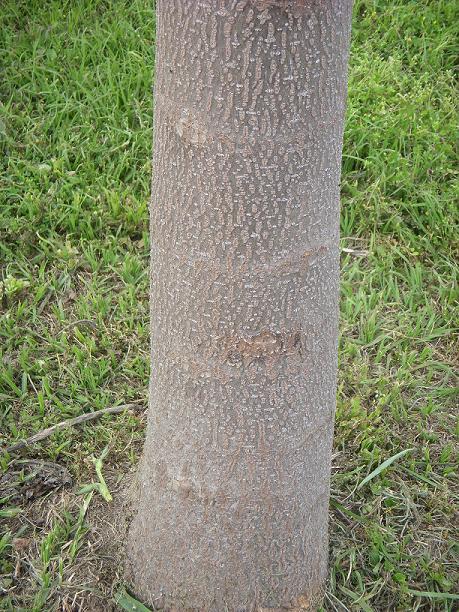PAULOWNIA PLANTATION ESTABLISHMENT
-
The most important points to consider when planning to establish a Paulownia plantation ( big or small ) is the soil type, susceptibility of flooding of the site, whether the soil is free draining or not, or whether there are any impervious layers such as rock or heavy clay at lower levels. A soil survey should be conducted before site selection is determined.
-
Once the right site has been selected (free draining sandy loam type soils with direct sun light) it should be prepared as if planting a row crop. (Corn, Tobacco or Cotton)
-
Aggressive grasses such as Bermuda/Fescue should be eliminated completely prior to planting. If herbicide is used to eradicate the grasses it must be applied 6 to 8 weeks prior to planting Paulownia. This is especially important as any residual herbicide left in the soil will kill the young tender seedlings.
-
The area to be planted should be harrowed several times and all tree stumps, roots and debris removed. Sub soiling to a depth of 30 to 36 inches on the rows ensures that the hard pan or plough pan below the soil surface is broken, this allows the tap root of the new seedling to penetrate quickly and gives the plants a great start
-
Paulownia is an opportunistic plant that will not tolerate vegetative competition in it’s infancy. Once established the trees are very aggressive and will tolerate vegetation below however, we advise that all trees should be kept clear of vegetative competition at the base because applied fertilizer will be wasted if feeding weeds and not going to feed the Paulownia’s.
-
When planning a plantation the size of support and maintenance equipment must be taken into account (tractors, mowers, water wagon).We recommend equal spacing 12’ x 12’ ( 300 seedlings per acre ) or 14’ x 14’ ( 220 seedlings per acre ) or 16′ x 16′ (170 seedlings per acre)
-
Agro forestry or intercropping with Paulownia has been successfully carried out for centuries. The Chinese have planted wheat and food crops with Paulownia since the beginning of the 10th century. In the USA we have planted onions, water melons and leguminous grasses between the rows keeping 2 to 3 feet away from the tree trunks to avoid damage.
-
Planting time in the USA is April through September, International planting times vary according to climate but in all cases the threat of frost, snow or ice must have past before planting. The green house raised seedlings are very susceptible to frost damage in their infancy, once established they are very hardy.


Paulownia requires continual care and maintenance throughout it’s life. Paulownia is NOT a “Plant it and forget it crop”.
Watering is necessary in the first 8 to 10 weeks and must be continued in times of drought. Fertilization should be carried out twice a year, once in Late fall or Autumn and then 3 months later. We recommend a 10-10-10 formulation at the rate of 1 to 2lbs per tree per application. The rate depends on how sandy the soil is, if the soil is very sandy and the fertilizer leaches away easily the higher rate of 2 lbs per application will be required.
For additional information please feel free to call us at 1-800-615-7306, or email World Paulownia to answer your questions.
